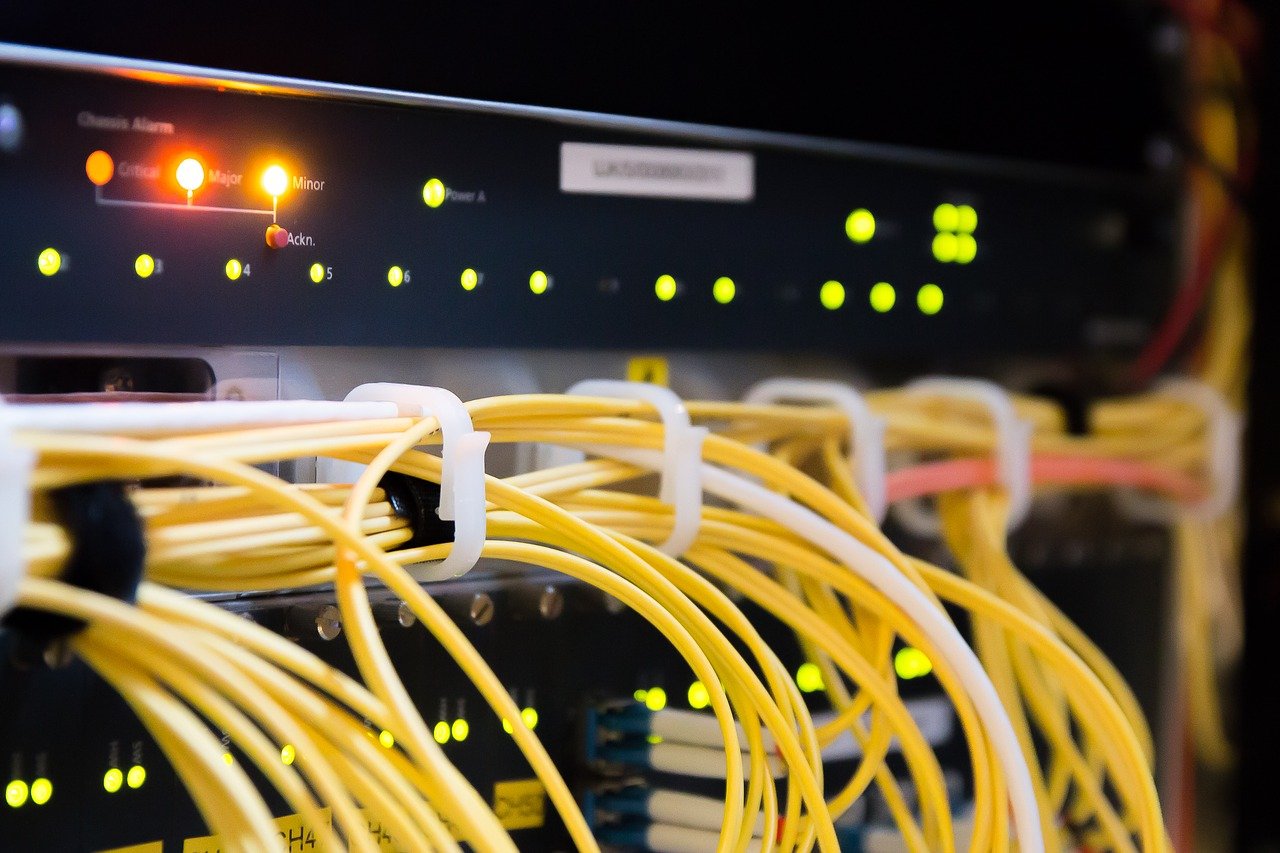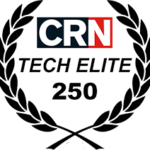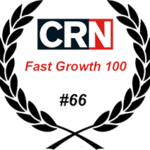I recently spoke at the AFCOM Data Center World Conference in Chicago. One of the topics I touched on was saving thousands of dollars by adjusting the ASHRAE set temperature points within the data center. Even a couple of degrees upward in temperature can save organizations thousands. After the presentation, an attendee came up to me and let me know that they tried doing this very initiative; but began to experience some serious hardware issues.
Why? They were running 7-year-old data center gear.
“We are at an inflection point as digital transformation efforts shift from ‘project’ or ‘initiative’ status to strategic business imperative,” said Frank Gens, Senior Vice President, and Chief Analyst at IDC. “Every (growing) enterprise, regardless of age or industry, must become ‘digital native’ in the way its executives and employees think, what they produce, and how they operate. At the same time, digital transformation is happening much faster than most expected, and early competitive advantages will go to those enterprises that can keep pace with the emerging digital transformation economy.”
This level of digitization is happening on all fronts, with cloud solutions helping lead a trillion-dollar effort. Gartner recently indicated that more than $1 trillion in IT spending would be directly or indirectly affected by the shift to cloud alongside other modernization efforts during the next five years.
Still, even with all of this modernization, I find that organizations from all walks of life are challenged to understand how they can bridge the gap between legacy and next-generation, digital, IT solutions.
These trends also signal a watershed where the remaining business-critical and platform-dependent applications (that cannot be replaced) must be shifted to allow user-centric computing. This translates to the ability to modernize, respond faster to market trends, and work at a faster business pace.
With all of this in mind – how do you bridge legacy IT with new business and technology goals? The good news is that there are powerful platforms that can help create that bridge and allow us to get along.
- What to do with challenging applications. There’s a decent chance that you have an app or workload that can’t move or be migrated. Maybe it can’t even be virtualized? Working with applications and legacy data points can be a real challenge. In these situations, you’ll need to understand your business’s direction and the value of the challenging application.
In some cases, this means running analysis to see if the application can be moved into the cloud, modified for virtualization, or if it needs to be upgraded in general. Hanging on to a legacy application just because it works is not a great reason to let the app live. It could be slowing your business process, creating a poor user experience, or even causing security issues. In some cases, you might have to rip the bandage off and move to a new platform. - Try cloud and automation for those legacy services. In working with older applications and data center services, you quickly find that they’re really limited to the functions assigned. The scope of their capabilities is pretty paltry. Next-generation automation and orchestration services dive deep into applications, desktops, virtual workloads, and even the data center to help organizations respond faster to market shifts. If you have siloed processes or operations working around legacy IT services – look for new tools that can integrate older components with your newer infrastructure. For example, solutions around ITSM and ITOM are allowing organizations to shift many of their legacy data center services into the cloud. By removing these aging pieces of infrastructure services – you can integrate newer services and have a better field of vision into your entire ecosystem.
- Better management can help with legacy IT. Legacy IT can be extremely fragmented and complex. Because of this, significant challenges revolve around visibility, management, and monitoring. In many cases, customers don’t even know the full extent of their legacy IT infrastructure. Good management tools can give granular visibility into your entire business and IT platform. From there, you can identify legacy IT components, how they impact your data center, and where you can make real-world changes. Deep analytics can help you find everything from poorly configured servers to an unpatched switch in an almost forgotten network closet. By utilizing better infrastructure management, legacy IT admins have a clearer picture of the components they might need to migrate or upgrade. This means less guessing and better capabilities around making good decisions.
- You don’t have to throw it all out – integration is a good option. The idea isn’t just to rip out an older piece of your infrastructure. Some older systems need to be integrated into your digital framework. Just look at what IBM has done with their AS400 platform and integration capabilities with things like cloud and big data. Yes, you’ll need to plan around this type of migration and identify your legacy IT systems’ pain points. Still, new IT components can easily be deployed in parallel to legacy IT to ensure the transition or integration is least disruptive and most beneficial to IT, users, and the business. This integration or transition can be done via management tools, cloud integration, and even virtualization. Most of all – this does not have to be a complicated process. The entire process can be very empowering for all associates, IT leaders, and business stakeholders. By integrating and evolving from legacy IT, you learn more about your organizations and the capabilities you require to support an emerging market.
- Explore new compute and converged options. Just because you might have an app or service that’s considered legacy does not mean your hardware has to be. As part of a modernization effort, IT leaders must closely examine the kinds of workloads they’re running and the associated physical pieces of the data center. Working with converged or hyperconverged infrastructure (HCI) allows you to create greater density levels, work with dynamic hardware and software provisioning profiles, and deploy modern applications alongside legacy instances. Too often, there is a misconception that a legacy workload must remain on the old server that’s it’s been running on forever. Leaving legacy apps on legacy gear can actually compound your challenges in the near-term. These challenges can range from resiliency issues to security flaws in older equipment. If you have to retain a legacy app or service, see if you can at least move it to more efficient and agile hardware. HCI options are great to run modern workloads alongside legacy instances.
If you still have legacy components in your data center, please don’t think that you’re alone. Many companies from all walks of IT life are always finding ways to become a more significant part of the digital revolution. An ongoing process, in my opinion. However, you can’t ignore the process of digital transformation. It’ll catch up to you if you miss it, or it can empower you if you embrace it. Evolving legacy IT is something organizations will continuously have to work with. However, this isn’t a journey you have to go on alone. Cloud providers, partners, and new technologies are all ready to help your unique use-cases and help you evolve. The big point here is that you get on this digital journey sooner rather than later.



